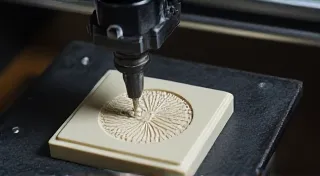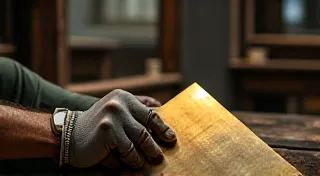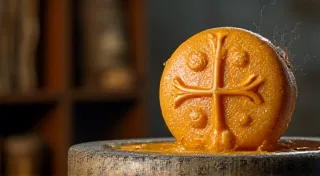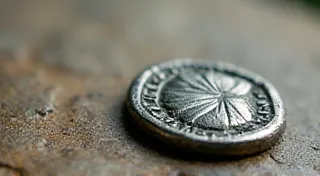The Symbolism Behind Roman Coin Imagery
Creating accurate Roman coin replicas is about more than just reproducing the shape and metal. It's about understanding the powerful messages these coins conveyed. Roman coins weren't just currency; they were miniature propaganda machines, disseminating imperial ideology and celebrating Roman power. Deciphering the symbolism etched onto them adds another layer of appreciation – and accuracy – to your craft projects. This article explores some key elements of Roman coin imagery and their meanings, enriching your replica-making experience.
Emperors and Their Portraits
The most obvious element is the portrait of the emperor or ruler. These weren't intended to be perfectly realistic depictions, but idealized representations intended to project authority and divine connection. The emperor’s hairstyle, facial expression, and even the way he wore his armor were carefully chosen to reinforce specific qualities: strength, wisdom, piety, and military prowess. Early emperors, like Augustus, often depicted themselves as young and vigorous, while later rulers might emphasize maturity and experience. Pay close attention to these subtle differences when recreating these portraits. A slightly different haircut or a change in the angle of the bust can drastically alter the perceived message.
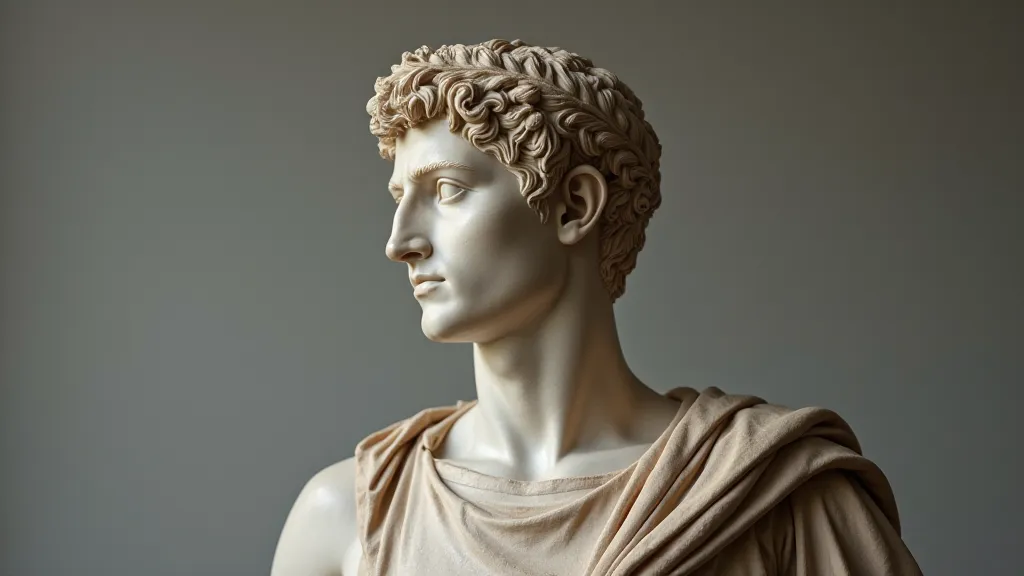
The Gods: Divine Protection and Imperial Legitimacy
Roman religion was deeply intertwined with Roman politics, and coins frequently featured the gods. These weren't simply depictions of deities; they were statements about imperial favour and divine protection. For example, Jupiter, the king of the gods, often appeared on coins associated with emperors striving for victory and establishing their rule. Venus, the goddess of love and beauty, was often linked to imperial families (like the Julian Dynasty, claiming descent from Aeneas, a Trojan prince and son of Venus) to legitimize their claim to power. Mars, the god of war, was a common symbol of military strength and expansion. Understanding which deities were paired with which emperors helps you place the coin within a specific historical context.
Virtues and Values: Personifications of Roman Ideals
Roman coins frequently included personifications of abstract virtues and values. These weren’t gods, but allegorical figures embodying Roman ideals. For example, Concordia (Harmony) symbolized peace and unity within the empire. Pax (Peace) represented a desired state of tranquility and prosperity. Victoria (Victory), usually depicted as a winged female figure, celebrated military triumphs. These figures provided a visual shorthand for the emperor’s achievements and the desired qualities of the Roman state. Accurately recreating these allegorical figures not only enhances the aesthetics of your coin replicas but also reflects a deeper appreciation for Roman cultural values.
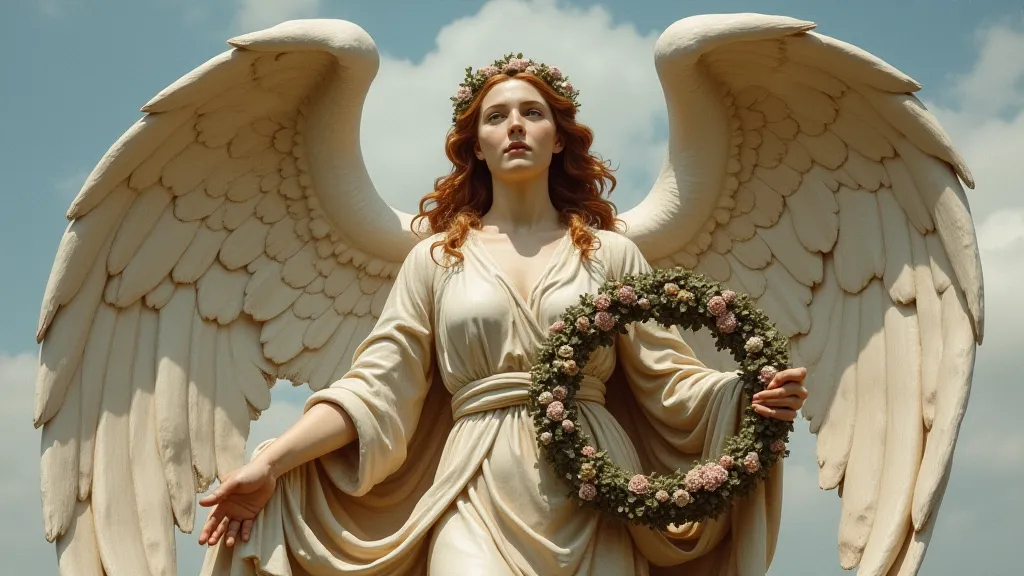
Military Triumphs and Propaganda
Military victories were prominently celebrated on Roman coins, often featuring depictions of the emperor defeating a foreign enemy or distributing spoils. The representation of the defeated enemy, often depicted in a humiliating or submissive pose, served as a powerful message of Roman dominance. The inscription accompanying the image frequently highlighted the emperor’s achievements and the benefits of Roman rule. These coins were effectively advertisements for Roman military power and imperial stability.
Key Symbols: A Quick Reference
- Laurel Wreath: Victory, glory, imperial authority.
- Eagle: Roman power, military strength, connection to Jupiter.
- SPQR (Senatus Populusque Romanus): "The Senate and People of Rome," representing the Roman state.
- Patera and Horns of Abundance: Sacrifice, prosperity.
- Sacrificial Libation: Religious ceremony, piety.
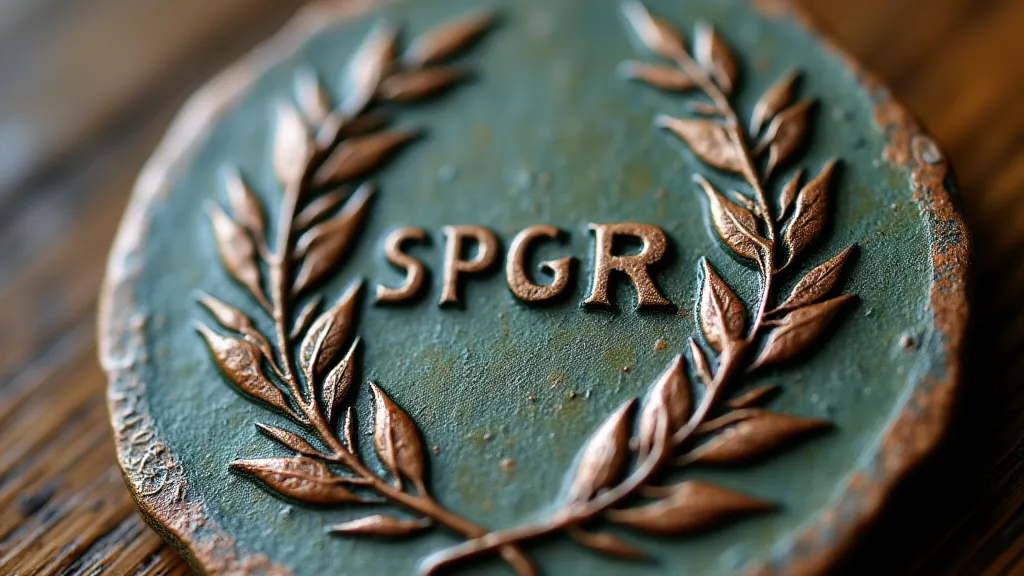
By understanding the symbolism embedded within Roman coin imagery, you can elevate your replica-making beyond mere imitation. You're not just creating a copy; you’re recreating a tangible piece of Roman history, a miniature window into the world of emperors, gods, and the enduring legacy of Rome. This deeper understanding will undoubtedly enhance your craft projects and provide a rewarding learning experience.
